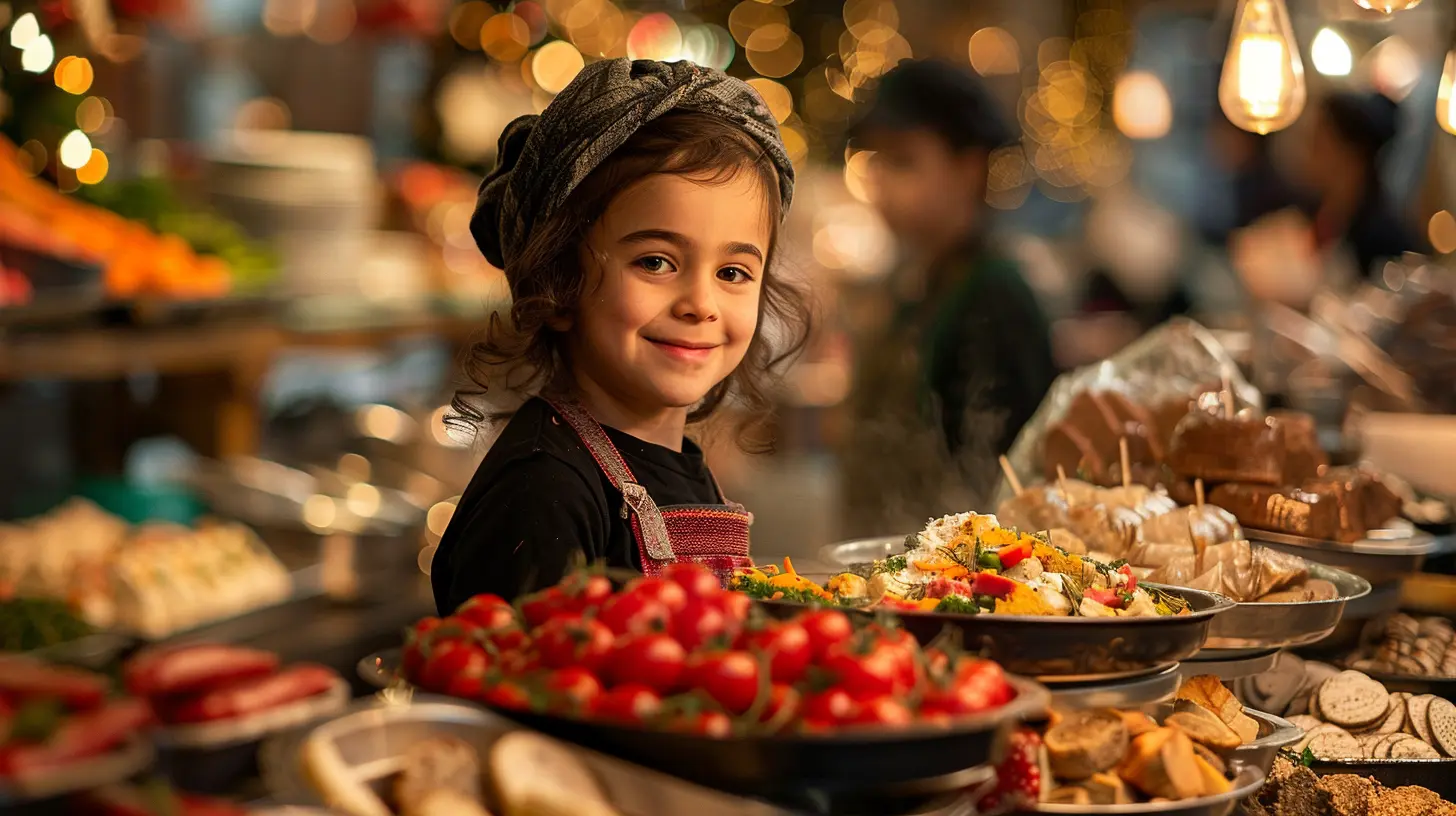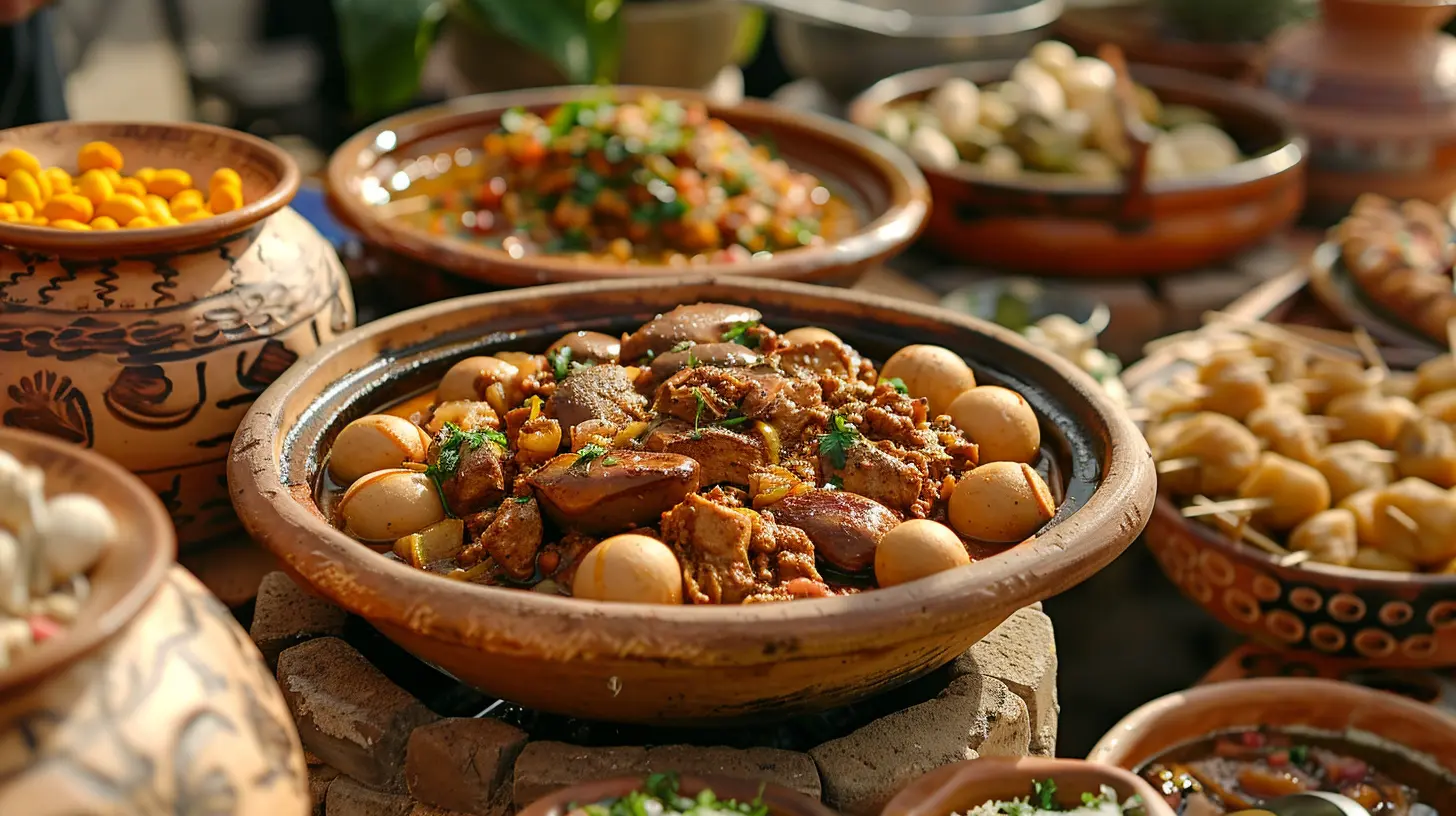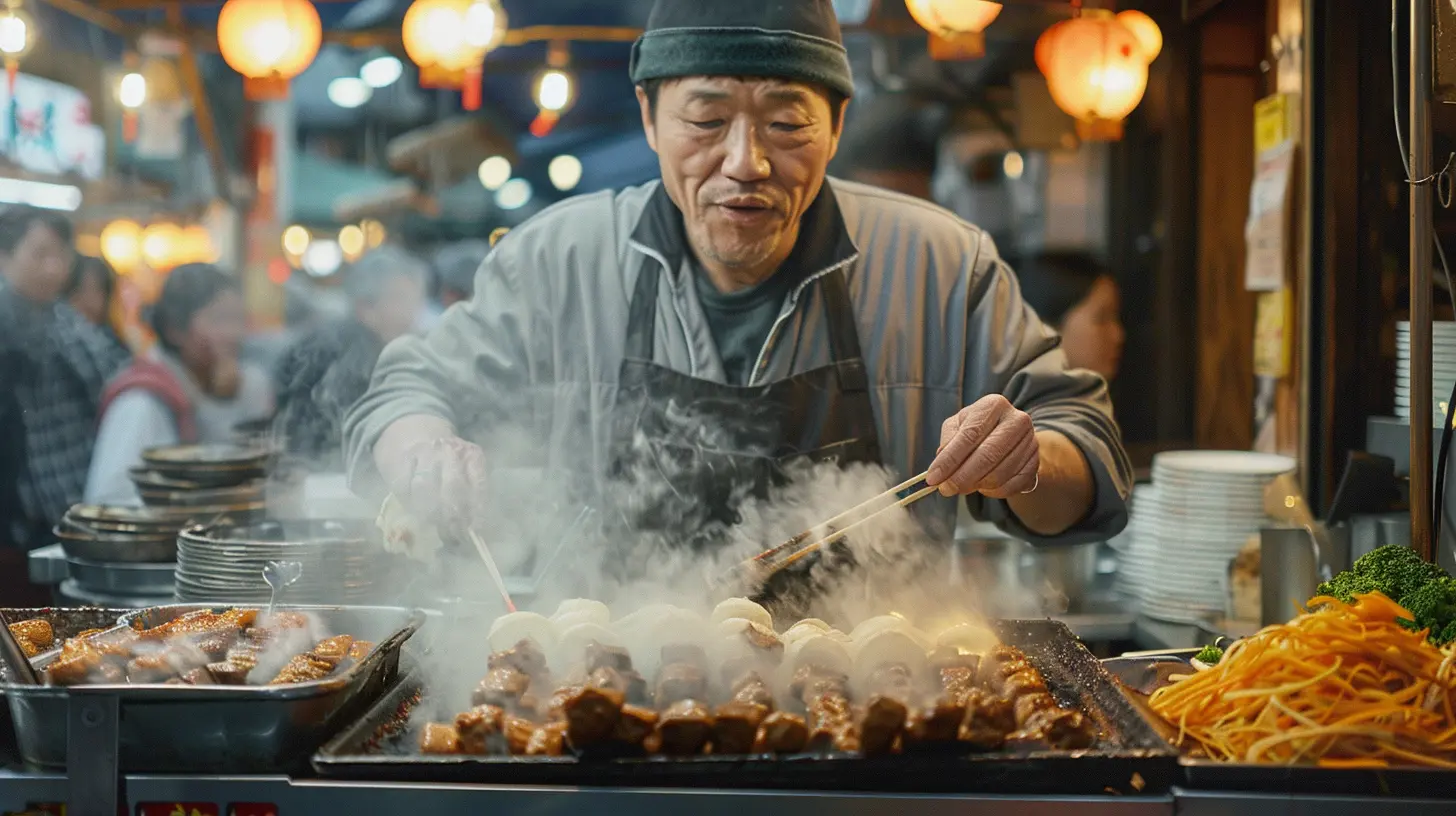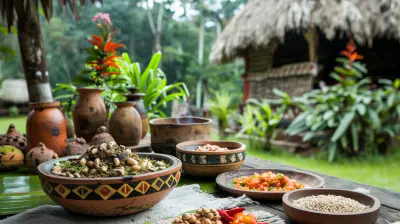Taste of the Market: How Culinary Traditions Come Alive
23 May 2025
Ah, the market! That magical wonderland where fresh produce meets overexcited tourists, where the aroma of sizzling street food battles it out with the stench of fish stalls, and where local vendors give you the side-eye because they know you have no idea how to haggle. But hey, that's part of the charm, right?
If you really want to experience a country's culture, forget the museums, skip the overpriced restaurants, and head straight for the market. Because let’s be honest—history books are great, but have they ever given you a sizzling taco that makes you question all your life choices? Didn’t think so.
Markets are where culinary traditions don’t just exist; they dance, they sing, they slap you in the face with spices you can’t pronounce. So, let’s take a delicious dive into how markets bring food culture to life—one bite at a time. 
1. Markets: The Real-World Food Network
Forget those perfectly staged cooking shows. Markets are the real deal, filled with grandmothers rolling out dough with the precision of a Michelin-star chef, street vendors flipping skewers like they were born with tongs in hand, and fishmongers hacking away at seafood like they’ve got a personal vendetta.This is where food isn’t just prepared—it’s performed. The sights, the sounds, the smells (some amazing, some... questionable). You’re not just eating; you’re witnessing a centuries-old tradition unfold in real time. 
2. The Art of Street Food: Chaos Wrapped in Flavor
Ah, street food. Because who needs a five-star restaurant when you can have a guy with a cart serve you the best meal of your life for the price of a cup of coffee?Markets are the birthplace of street food, and every stall has a story. That little old lady frying up dumplings? She’s probably been doing it longer than you’ve been alive. The guy grilling satay skewers at lightning speed? His recipe has likely been passed down for generations.
And let’s be real—the best way to judge a food stall’s quality isn’t by a Michelin rating. It’s by how long the line is. If the locals are willing to stand in scorching heat for a bite, you better believe it’s worth it. 
3. Fresh Ingredients: Because Processed Food is Boring
Ever wondered why market food tastes better than your sad, microwaved meal at home? Simple. Fresh ingredients.Markets are overflowing with produce that looks so good it could be on the cover of Vogue. Tomatoes that actually smell like tomatoes (a shocking concept, I know), fish so fresh they might still be plotting their escape, and spices more vivid than your last vacation photos.
Shopping here is not just a transaction—it’s a relationship. Vendors will passionately tell you how to cook something, give you unsolicited but likely excellent advice, and maybe even throw in an extra handful of herbs if you smile enough. 
4. Regional Specialties: Because Not All Dumplings Are Created Equal
Markets don’t just serve food; they serve identity. Every region has that one dish they’re outrageously proud of, and they’ll go to war defending its authenticity.- Italy? You better believe that Sicilian arancini is superior to whatever version they make up north.
- Thailand? Someone WILL fight you over the proper way to balance sweet, sour, spicy, and salty in pad Thai.
- Mexico? Ask three people how to make the best mole sauce, and congratulations—you’ve started a family feud.
Markets are a crash course in culinary geography. If you want to taste the soul of a place, start here.
5. The Drama of the Spice Stalls
Spice markets are where dreams come true and sinuses go to die.These stalls are bursting with mounds of colorful powders, exotic blends, and smells so intense they could make your eyes water from a mile away.
And the vendors? Oh, they are performers. They'll throw out names of spices like they’re casting a spell, make you sniff mysterious powders, and convince you that yes, you absolutely need that special blend of paprika you will never use but will brag about owning.
6. The Ultimate Tourist Trap: Haggling for Fun and Survival
Want the full market experience? Time to haggle.Markets are where you realize you’re either a master negotiator or an absolute failure at human interaction.
The golden rule? If they give you a price, laugh. Not too hard—you don’t want to offend anyone. Then counter with something ridiculously low. They’ll act offended, maybe dramatically clutch their heart, and then you’ll go back and forth in a lively dance of numbers until you either walk away victorious or pay double because they saw the desperation in your eyes.
Either way, it’s half the fun.
7. The Unspoken Rule: If a Local Grandma Recommends It, You Eat It
This is non-negotiable. If a sweet old lady at the market tells you to try something, just do it. She has seen more life than you, she knows what’s good, and if you say no, you’re basically committing a cultural crime.Will it be something terrifying? Possibly. Could it be life-changing? Absolutely. Will you regret it? Probably not.
Locals know what’s up, and if anyone is going to introduce you to the best-kept secret of their cuisine, it’s a grandma at a market.
8. The Sweet Goodbye: Desserts That Will Ruin You for Life
You think you know dessert? Think again.Markets are where sugar takes on its ultimate form, from syrup-drenched Turkish baklava to fluffy Japanese taiyaki stuffed with red bean paste.
And the worst part? Once you taste these authentic treats, you will forever side-eye the sad imitations back home. Your taste buds will develop high standards, and there is no turning back.
9. Market Etiquette: Or How to Not Look Like a Lost Tourist
Because yes, there's a right way to do this.- Rule #1: If you touch it, you buy it. No one wants your grubby tourist hands all over their produce.
- Rule #2: Ask before taking photos. No, that vendor does not want to be part of your Instagram aesthetic.
- Rule #3: Don't block the stall. Either buy something or move—you are not the main character here.
- Rule #4: Eat like you mean it. Half-hearted bites are an insult to the food gods.
Conclusion: Markets Are the Real Heartbeat of Culture
Markets aren’t just places to buy food—they’re living, breathing museums of culture, history, and pure, unfiltered personality.They’re loud, chaotic, overwhelming, and absolutely worth every second. Whether you’re stuffing your face with street food, attempting to haggle like a pro, or just soaking in the organized chaos, one thing’s for sure: food will never just be food again.
So, next time you travel, skip the fancy restaurants. Head to the nearest market, grab something sizzling, and taste the tradition—one bite at a time.
all images in this post were generated using AI tools
Category:
Local MarketsAuthor:

Winona Newman
Discussion
rate this article
3 comments
Cassian Bell
Exploring culinary traditions at the market is a vibrant journey! Each dish tells a story, inviting us to savor culture and connection. Let your taste buds travel!
June 15, 2025 at 5:01 PM

Winona Newman
Thank you! I'm glad you enjoyed the exploration of culinary traditions. Each dish truly is a connection to culture and history. Happy tasting!
Khloe McGee
Delicious insights into vibrant culinary cultures!
May 25, 2025 at 3:51 PM

Winona Newman
Thank you! I'm glad you enjoyed the exploration of diverse culinary traditions.
Winter Patel
This article beautifully captures the essence of culinary traditions and their vibrant expression in local markets. It highlights how flavors, ingredients, and cultural practices intertwine, creating a dynamic experience for visitors. A must-read for anyone looking to explore the heart of a destination!
May 23, 2025 at 3:18 PM

Winona Newman
Thank you for your kind words! I'm glad you enjoyed the article and felt its passion for culinary traditions and local markets. Happy exploring!



